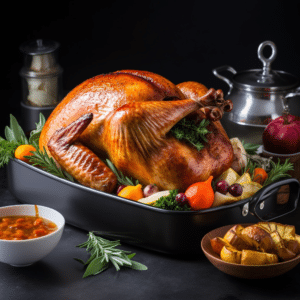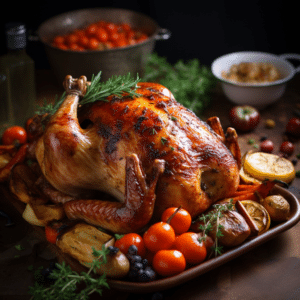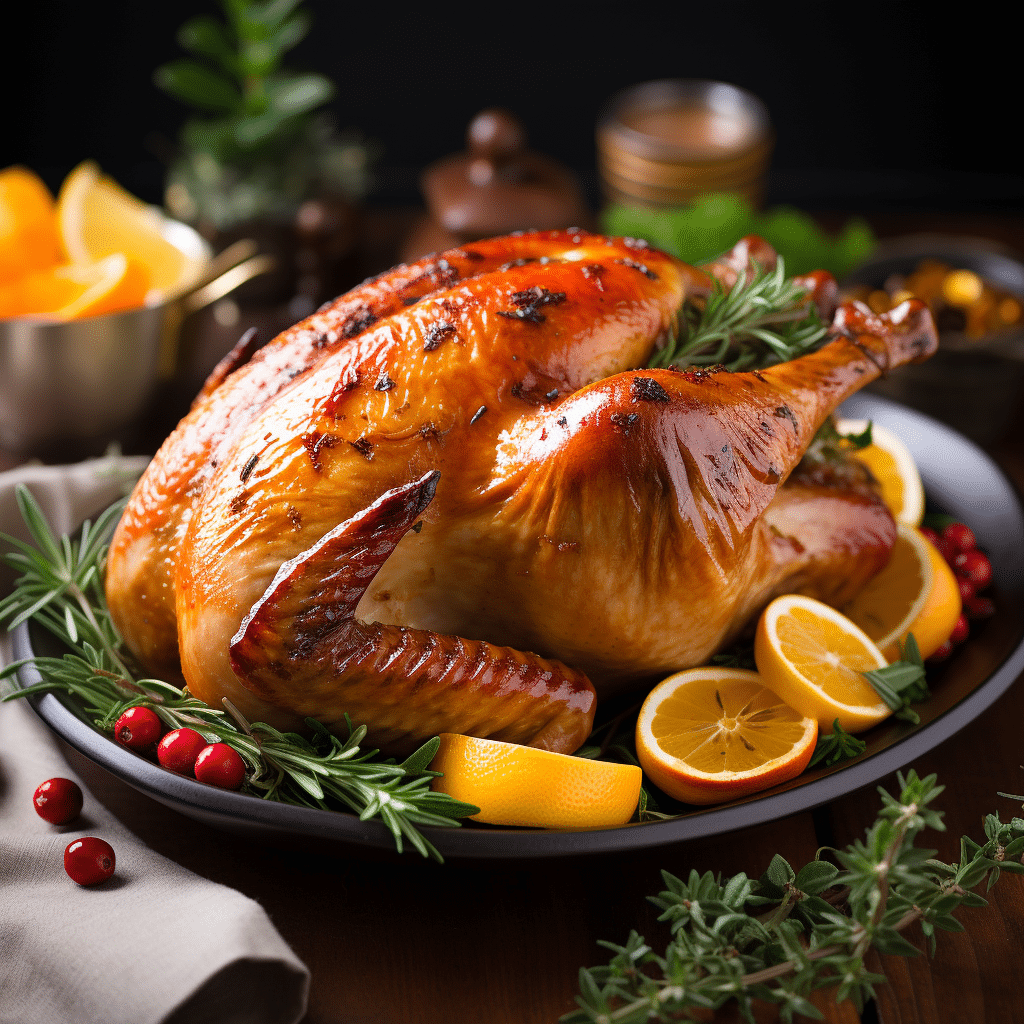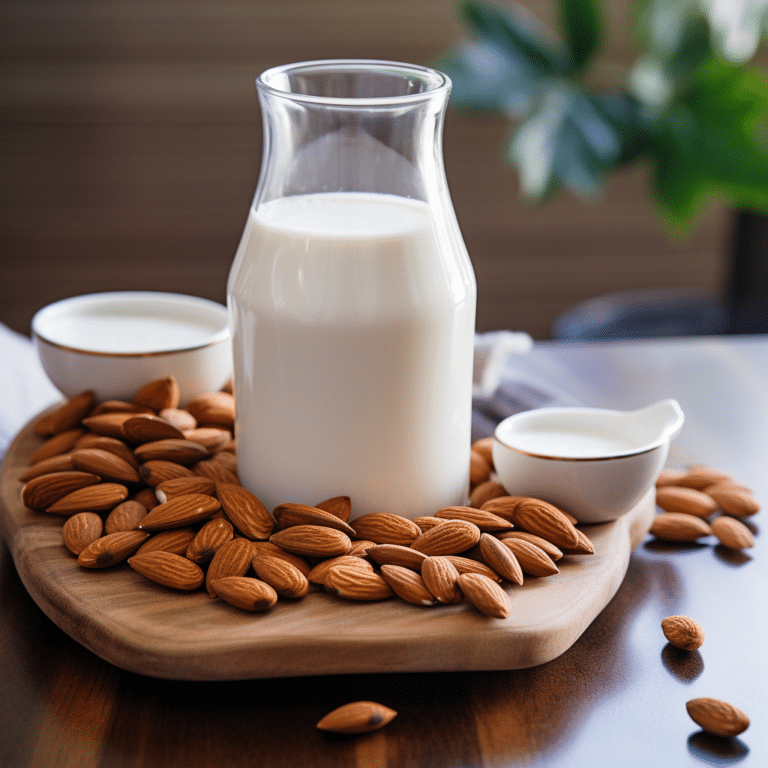Pros and Cons of Using a Turkey Roaster
Having a well-roasted turkey is something we look forward to having. Nothing can mess up a good function like Thanksgiving more than an unevenly cooked, burnt, undercooked, or worse still, overcooked turkey. A turkey roaster can make your cooking easier and faster. It is 30% faster than a conventional oven and uses less energy.
On the downside, a turkey roaster is costly, bulky, and can prove difficult to clean. A turkey roaster can either be electric or stovetop. In this article, we look deeper into the pros and cons of using a turkey roaster.

How To Use A Turkey Roaster
A turkey roaster can either be electric or stovetop. An electric roaster is connected to an electrical outlet, while a stovetop one is used on a burner or two depending on its size. To use an electric turkey roaster, connect it to the electrical outlet and preheat to 325 degrees Fahrenheit. Place your pre-prepared turkey on the roaster. If it has a rack, you could place your bird directly on it. You could alternatively place it on a bed of potatoes and herbs or sprinkle some little water or broth on the surface before putting your bird. Roast for 15 minutes per pound of unstuffed turkey. For the stovetop, place the roaster on a burner or two and preheat. Set the heat at medium and follow the same roasting steps as on the electric roaster.
Sizes
Turkey roasters come in different sizes. Your preferred choice will depend on the number of guests or family members, the size of the turkey, and future use. A turkey roaster can be small, medium, or large. It is important to use the right size; a smaller size would make the turkey crumble and fail to cook evenly. This is because there will not be enough air circulation in the roaster. A large roaster can lead to energy wastage.
Pros And Cons Of Using A Turkey Roaster
Pros Of Using A Turkey Roaster
A turkey roaster has several advantages over a conventional oven;
- It is suitable for roasting large birds. When you have a large number of guests, you do not have to worry about how to roast your turkey. A large roaster will sort you out. You can have a roaster that can handle up to 20 pounds of turkey.
- It cooks evenly. With a turkey roaster, you will not have cases of uneven cooking. Hot air circulates in the roaster, cooking every side evenly. If appropriately used, you will get a well-done bird.
- A turkey roaster is simple to use; plug into an electrical outlet, preheat, and put your bird.
- It is effective and efficient. It takes a shorter time and saves energy compared to a conventional oven. It works better for less energy and time.
- A turkey roaster is versatile and can be used to cook other dishes like beef, stews, roasts, etc.
- It is environmentally friendly. It does not emit any pollutants and is therefore safe for you and your family when using it.
- It is faster compared to a conventional oven. It takes approximately 15 minutes for every pound of unstuffed turkey to cook evenly in a roaster.
Cons Of Using A Turkey Roaster
Its downsides are;
- An electric turkey roaster is expensive. The stovetop, on the other hand, is cheaper but requires more supervision while using. It could easily mess up the process.
- It is bulky and requires more space. If your kitchen is small, an electric roaster may not be a welcome addition.
- It can be hard to clean. A roaster has areas that are hard to reach, making it difficult to clean properly.
- If not appropriately used a turkey cooker can mess up with the bad. It might be unevenly cooked or undercooked.
Factors To Consider While Choosing A Turkey Roaster
Before settling for a turkey roaster, you need to consider a few factors, including;
Budget
Depending on your budget, you could choose your preferred type, size, and quality. With a higher budget, you could get a good roaster. You can get a reasonable one on a tight budget too.
Quality
For a more durable roaster, consider getting a high-quality item. The quality is determined by the material used for the roaster. It can be stainless steel, non-stick coating, cast iron, copper, and aluminum.
Size
The size of a roster is determined by the number of guests or family members and the size of the bird to be roasted. You could consider getting an appropriate size, bearing in mind future uses.
Shape
It can be oval or rectangular.
Depth
An ideal turkey roaster has a medium depth, not too high or too low. If it is too low, the drippings will spill over, and if too high, the air may not regulate evenly, hence an uneven roasting.
Available Space
You should consider your available space since a turkey rooster is bulky. You need to plan its storage space.
Type
It’s either disposable or electrical and has an opening and a lid. An open roaster is likely to dry up the bird during the roasting process. A disposable one is more fragile and needs to be handled with care. When using a covered one without a vent on the lid, be careful when opening to avoid steam burns.

Checking the Turkey for Doneness
Insert a grilling thermometer into the bird. If the temperature is 165 degrees Fahrenheit, the turkey is ready. Alternatively, you could poke it with a fork and observe the juices. If they are clear, it is well cooked.
In conclusion, a turkey roaster, electric or stovetop, is an essential addition to your kitchen. It could make your turkey roasting better and faster. On the downside, it is costly, bulky, and difficult to clean.





